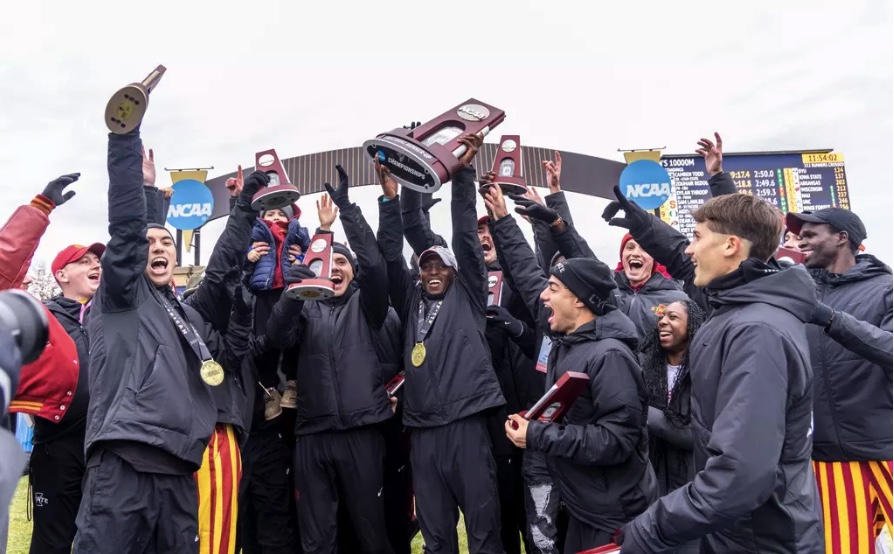Center may need more funding to stay in Ames
May 17, 2000
Ames employees and ISU faculty members are lobbying for financing to improve and preserve the National Animal Disease Center, 2300 Dayton Ave.
Phillip O’Berry, former director of the National Animal Disease Center, said the complex, which is one of the major veterinary centers in the United States, is in need of many repairs and even some rebuilding if it’s to continue a standard of excellence.
Many people have been making an effort to ensure the center receives funding for improvements, O’Berry said.
“There is a national effort to appropriate money to do this project. The proposed budget is $370 million and is in consideration by Congress,” he said.
There is a possibility the center might have to relocate if it doesn’t receive the necessary funding for improvements, but a spokeswoman for the center said that’s a slim chance.
“My opinion or my stance on that would be there is always that possibility, but we are not aware of any specific plans,” said Teresa Sutton, public relations officer for the National Animal Disease Center.
Prem Paul, vice provost for the Veterinary Medical Research Institute and former employee of the center, said there is also a group of people from Ames rallying for the financing because they don’t want the center to leave.
“My understanding is that an Ames group is lobbying for this because [the center] has at least 600 employees. If new facilities are not available, many people will lose their jobs,” he said.
O’Berry also said it would be a shame to lose the center. “It is a tremendous resource, and we need to make sure it stays in Iowa,” he said.
The center was high-tech when it was first built, but that was many years ago, O’Berry said.
“The buildings in the facility were state-of-the-art when the center was built in 1958, but the art has moved on,” he said. “The nature of the program there is such that isolation, containment and security are very important because we’re working with infectious diseases.
“These diseases are infectious to animals, but they can be infectious to humans as well. We want to make sure people are safe and that agents [from chemicals used at the center] aren’t released into the environment,” he said.
In order to ensure safety, the facilities need vast improvement, O’Berry said.
“We need a combination of some major renovation and rebuilding. Some of the facility will be kept and used as it is, but some will be remodeled and some will be new,” he said.
Numerous research and treatment activities are conducted at the center, O’Berry said.
“The work done at the center is several-fold. They do research and development on animal disease and health, because [the center] is a U.S. Department of Agriculture facility,” he said. “In addition to research, all veterinary vaccines that are produced and sold in the U.S. are tested, monitored and evaluated there.”
Paul said the facility also needs money for new technology.
“The National Animal Disease Center is a resource for Iowa and the nation. It is one of the best [animal disease centers] in the world and has made many contributions.
“Now science is changing, however, and the center is facing complex problems that need new technology to solve, such as gene mapping and new ways of diagnosing diseases. To do this, we need good people and cutting-edge facilities,” he said.






